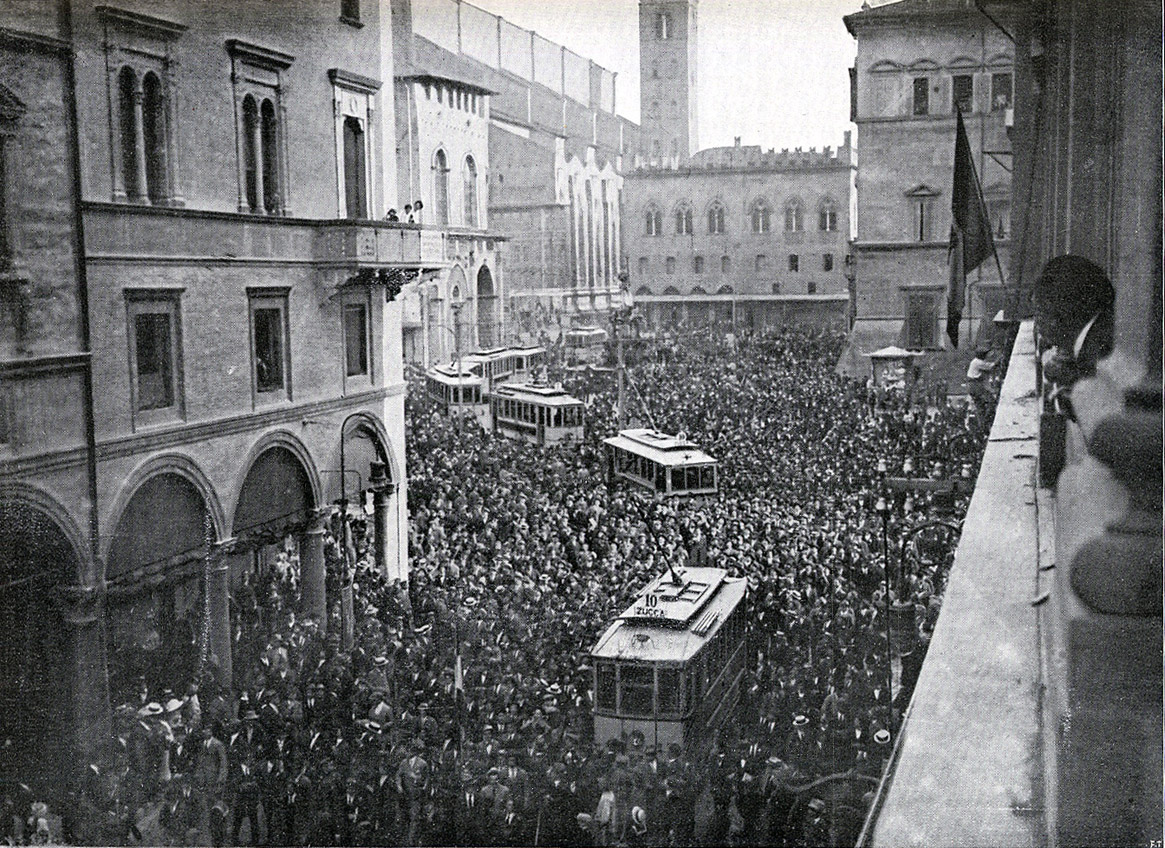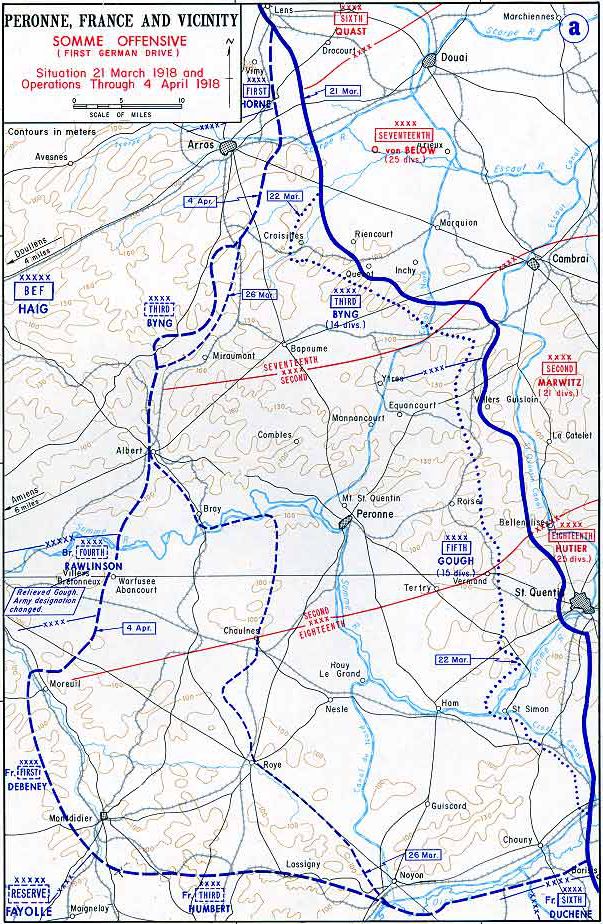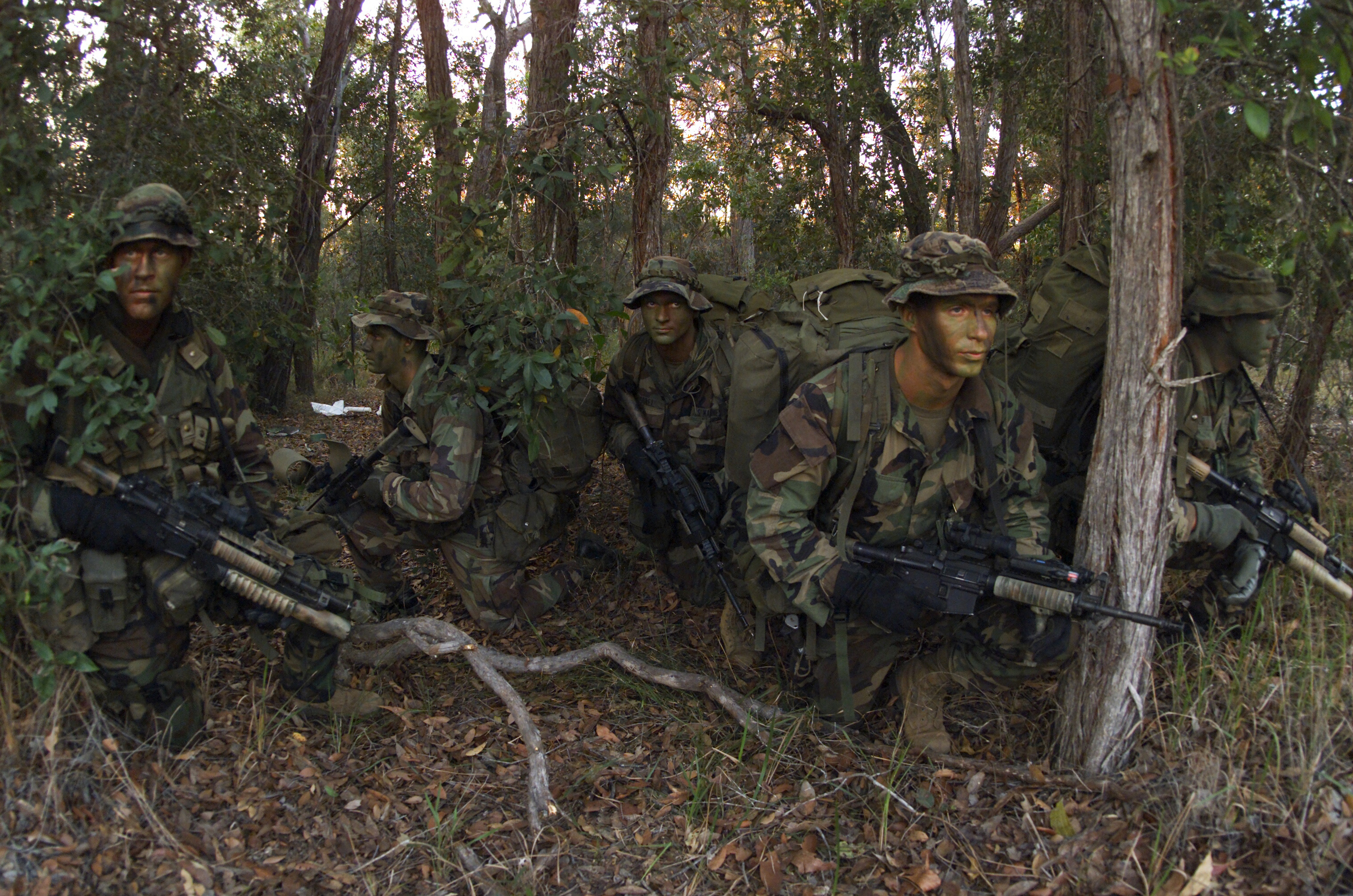|
Twelfth Battle Of The Isonzo
The Battle of Caporetto (also known as the Twelfth Battle of the Isonzo, the Battle of Kobarid or the Battle of Karfreit) was a battle on the Italian front of World War I. The battle was fought between the Kingdom of Italy and the Central Powers and took place from 24 October to 19 November 1917, near the town of Kobarid (now in north-western Slovenia, then part of the Austrian Littoral). The battle was named after the Italian name of the town (also known as ''Karfreit'' in German). Austro-Hungarian forces, reinforced by German units, were able to break into the Italian front line and rout the Italian forces opposing them. The battle was a demonstration of the effectiveness of the use of stormtroopers and the infiltration tactics developed in part by Oskar von Hutier. The use of poison gas by the Germans also played a key role in the collapse of the Italian Second Army. The rest of the Italian Army retreated to the Piave River, its effective strength declined from 1,8 ... [...More Info...] [...Related Items...] OR: [Wikipedia] [Google] [Baidu] |
Italian Front (World War I)
The Italian front or Alpine front ( it, Fronte alpino, "Alpine front"; in german: Gebirgskrieg, "Mountain war") involved a series of battles at the border between Austria-Hungary and Italy, fought between 1915 and 1918 in the course of World War I. Following secret promises made by the Allies in the 1915 Treaty of London, Italy entered the war aiming to annex the Austrian Littoral, northern Dalmatia, and the territories of present-day Trentino and South Tyrol. Although Italy had hoped to gain the territories with a surprise offensive, the front soon bogged down into trench warfare, similar to that on the Western Front in France, but at high altitudes and with very cold winters. Fighting along the front displaced much of the local population, and several thousand civilians died from malnutrition and illness in Italian and Austro-Hungarian refugee-camps. The Allied victory at Vittorio Veneto, the disintegration of the Habsburg empire, and the Italian capture of Trento and Tries ... [...More Info...] [...Related Items...] OR: [Wikipedia] [Google] [Baidu] |
Austrian Littoral
The Austrian Littoral (german: Österreichisches Küstenland, it, Litorale Austriaco, hr, Austrijsko primorje, sl, Avstrijsko primorje, hu, Osztrák Tengermellék) was a crown land (''Kronland'') of the Austrian Empire, established in 1849. It consisted of three regions: the Istria peninsula, Gorizia and Gradisca, and the Imperial Free City of Trieste. Throughout history, the region has been contested frequently, with parts of it controlled at various times by the Republic of Venice, Austria-Hungary, Italy, and Yugoslavia among others. The Kingdom of Italy annexed it after World War I according to the Treaty of London and later Treaty of Rapallo. After World War II, it was split between Italy (West) and Yugoslavia (East). Trieste had strategic importance as Austria-Hungary's primary seaport and the coast of the Littoral was a resort destination, the Austrian Riviera. The region was a multi-national one, with Italians, Slovenes, Croats, Germans and Friulians being the main ... [...More Info...] [...Related Items...] OR: [Wikipedia] [Google] [Baidu] |
11th Battle Of The Isonzo
The Eleventh Battle of the Isonzo was a World War I battle fought by the Italian and Austro-Hungarian Armies on the Italian Front between 18 August and 12 September 1917. Background On the Soča (Isonzo) River, Luigi Cadorna, the Italian Chief of Staff, concentrated three quarters of his troops: 600 battalions (52 divisions) with 5,200 guns. Battle The attack was carried forth from a front from Tolmin (in the upper Isonzo valley) to the Adriatic Sea. The Italians crossed the river at several points on temporary bridges, but the main effort was exerted on the Banjšice Plateau, whose capture was to further the offensive and break the Austro-Hungarian lines in two segments, isolating the strongholds of Mount Saint Gabriel and Mount Hermada. After fierce and deadly fightings, the Italian Second Army, led by General Capello, pushed back Boroević's ''Isonzo Armee'', conquering the Bainsizza and Mount Santo. Other positions were taken by the Duke of Aosta's Third Army. ... [...More Info...] [...Related Items...] OR: [Wikipedia] [Google] [Baidu] |
Soca Kobarid , a DJ group from Germany
{{Disambiguation, geo ...
Soca or SOCA may refer to: Places * Soča, a river in Slovenia and Italy * Soča, Bovec, Slovenia * Cayenne – Félix Eboué Airport, by ICAO code * Soca, a village in Banloc Commune, Timiș County, Romania * SoCa, Southern California Other uses * Serious Organised Crime Agency, a former public body of the United Kingdom * Soča dialect, spoken in the Upper Soča Valley * Soca music, a Caribbean music genre * Socapex, a type of electrical connector used for stage lighting * Socca, a type of chickpea flour pancake from Provencal and also in Italy as farinata See also * Soca Twins Soca Twins is a Sound system from Berlin, Germany, with Franky Fire as DJ and Boone Chatta as MC. Being founded in 2002 they are the first Soca sound system from Germany. [...More Info...] [...Related Items...] OR: [Wikipedia] [Google] [Baidu] |
Paolo Boselli
Paolo Boselli (8 June 1838 – 10 March 1932) was an Italian politician who served as the 34th prime minister of Italy during World War I. Biography Boselli was born in Savona, Liguria. Boselli was the first professor of science at the University of Rome prior to entering politics. He served for 51 years as a liberal rightist parliamentary deputy, and as a senator from 1921. Appointed Minister of Education in 1888, Boselli reorganised the Bank of Italy with his next portfolio, as Minister of the Treasury in 1899. He also served in Sidney Sonnino's 1906 government. In June 1916 he was a relatively undistinguished center-right politician and one of the oldest members of the Italian parliament, when he was appointed Prime Minister, following the collapse of the Salandra government as a result of military defeats. His government fell in October 1917 as a result of the military defeat in the Battle of Caporetto, in which Italy lost some 800,000 men, all of the conquest made so ... [...More Info...] [...Related Items...] OR: [Wikipedia] [Google] [Baidu] |
Ronald Seth
Robert Chartham was the pseudonym of Ronald Sydney Seth (5 June 1911 – 1 February 1985), an English writer who used the surname Chartham for his activity as a sexologist and the surname Seth for books about travel and espionage. As a child Seth was a chorister at Ely Cathedral and a King's Scholar at King's School, Ely. He was educated at Cambridge University. [...More Info...] [...Related Items...] OR: [Wikipedia] [Google] [Baidu] |
Poison Gas
Many gases have toxic properties, which are often assessed using the LC50 (median lethal dose) measure. In the United States, many of these gases have been assigned an NFPA 704 health rating of 4 (may be fatal) or 3 (may cause serious or permanent injury), and/or exposure limits ( TLV, TWA or STEL) determined by the ACGIH professional association. Some, but by no means all, toxic gases are detectable by odor, which can serve as a warning. Among the best known toxic gases are carbon monoxide, chlorine, nitrogen dioxide and phosgene. Definition *Toxic: it is a chemical that has a median lethal concentration (LC50) in air of more than 200 parts per million (ppm) but not more than 2,000 parts per million by volume of gas or vapor, or more than 2 milligrams per liter but not more than 20 milligrams per liter of mist, fume or dust, when administered by continuous inhalation for 1 hour (or less if death occurs within 1 hour) to albino rats weighing between 200 and 300 grams ea ... [...More Info...] [...Related Items...] OR: [Wikipedia] [Google] [Baidu] |
Oskar Von Hutier
Oskar Emil von Hutier (27 August 1857 – 5 December 1934) was a German general during the First World War. He served in the German Army from 1875 to 1919, including war service. During the war, he commanded the army that took Riga, Russian Republic, in 1917. The following year he was transferred to the Western Front to participate in Operation Michael that year. He is frequently but mistakenly credited with having created the stormtrooper tactics of small, rapid forces, which he employed to great effect during the Michael offensive. These tactics had been developed by other officers on the Western Front before he was reassigned there.Gudmundsson, p. xiii After retiring from the Army in 1919, Hutier presided over the German Officers' League until his death on 5 December 1934. He was among leaders who contended that the Army had been betrayed by enemies at home. Biography Oskar von Hutier was born in Erfurt on 27 August 1857, in the Prussian Province of Saxony. His family had a ... [...More Info...] [...Related Items...] OR: [Wikipedia] [Google] [Baidu] |
Infiltration Tactics
In warfare, infiltration tactics involve small independent light infantry forces advancing into enemy rear areas, bypassing enemy frontline strongpoints, possibly isolating them for attack by follow-up troops with heavier weapons. Soldiers take the initiative to identify enemy weak points and choose their own routes, targets, moments and methods of attack; this requires a high degree of skill and training, and can be supplemented by special equipment and weaponry to give them more local combat options. Forms of these infantry tactics were used by skirmishers and irregulars dating back to classical antiquity, but only as a defensive or secondary tactic; decisive battlefield victories were achieved by shock combat tactics with heavy infantry or heavy cavalry, typically charging '' en masse'' against the primary force of the opponent. By the time of early modern warfare, defensive firepower made this tactic increasingly costly. When trench warfare developed to its heig ... [...More Info...] [...Related Items...] OR: [Wikipedia] [Google] [Baidu] |
Stormtroopers (Imperial Germany)
Stormtroopers (german: Sturmtruppen or ''Stoßtruppen'') were specialist soldiers of the German Army. In the last years of World War I, ''Stoßtruppen'' ("shock troopers" or "shove troopers") were trained to use infiltration tactics – part of the Germans' improved method of attack on enemy trenches. The German Empire entered the war certain that the conflict would be won in the course of great military campaigns, thus relegating results obtained during individual clashes to the background; consequently the best officers, concentrated in the German General Staff, placed their attention on maneuver warfare and the rational exploitation of railways, rather than concentrating on the conduct of battles: this attitude gave a direct contribution to operational victories of Germany in Russia, Romania, Serbia and Italy, but it resulted in failure in the West. Thus the German officers on the Western Front found themselves in the need of resolving the static situation caused by trench w ... [...More Info...] [...Related Items...] OR: [Wikipedia] [Google] [Baidu] |
Rout
A rout is a panicked, disorderly and undisciplined retreat of troops from a battlefield, following a collapse in a given unit's command authority, unit cohesion and combat morale (''esprit de corps''). History Historically, lightly-equipped soldiers such as light cavalry, auxiliaries, partisans or militia were important when pursuing a fast-moving, defeated enemy force and could often keep up the pursuit into the following day, causing the routed army heavy casualties or total dissolution. The slower moving heavy forces could then either seize objectives or pursue at leisure. However, with the advent of armoured warfare and '' blitzkrieg'' style operations, an enemy army could be kept more or less in a routed or disorganized state for days or weeks on end. In modern times, a routed formation will often cause a complete breakdown in the entire front, enabling the organized foe to attain a quick and decisive victory in the campaign. In the blitzkrieg warfare that char ... [...More Info...] [...Related Items...] OR: [Wikipedia] [Google] [Baidu] |
Royal Italian Army
The Royal Italian Army ( it, Regio Esercito, , Royal Army) was the land force of the Kingdom of Italy, established with the proclamation of the Kingdom of Italy. During the 19th century Italy started to unify into one country, and in 1861 Manfredo Fanti signed a decree creating the Army of the Two Sicilies. This newly created army's first task was to defend against the repressive power in southern Italy. The Army of the Two Sicilies combated against criminals and other armies during this time of unification. After the monarchy ended in 1946, the army changed its name to become the modern Italian Army (). Within the Italian Royal Army are the elite mountain military corporals called, the Alpini. The Alpini are the oldest active mountain infantry in the world. Their original mission was to protect and secure Italy's northern mountain border that aligns with France and Austria. This group emerged in World War I when a three-year campaign was fought against the Austro-Hungarian ... [...More Info...] [...Related Items...] OR: [Wikipedia] [Google] [Baidu] |






